Inverse Proportion (Olavo de Carvalho)
Inverse Proportion (Olavo de Carvalho)
The Soviet cultural offensive began in the 1920s and lasted until the end of the USSR. Both in scope and in the methods it employed, it was a phenomenon without parallel in the world. There was nowhere it did not reach, shaping the cultural history of entire nations. Its tools of influence went far beyond propaganda, festivals, artist tours, and writers' congresses. They far exceeded courtesy trips, often extended into training sessions at the KGB. They went beyond the continuous funding of thousands of writers and journalists. They extended even beyond the domination exercised over hundreds of newspapers, magazines, and radio stations across the world.
They included every resource used in espionage: monitoring the personal lives of “fellow travelers” to keep them under threat of blackmail; installing discreet censorship committees in cultural journalism, universities, and publishing houses to boycott undesirable authors to the point of total exclusion, while lavishing flattery on the desirable ones to the point of idolatry.
After the fall of the USSR, the laboriously assembled machine did not disband — it adapted to the Gramscian strategy and to the new organization of the international left in “networks.” Equipped with new sources of funding and freed from Soviet bureaucratic clutter, it continued to operate — more efficient than ever, and just as overbearing as always.
The cultural history of Brazil over the last six or seven decades is utterly incomprehensible without studying this immense feat of engineering, the full cost of which is incalculable.
And yet, not a single Brazilian book exists on the subject. The vast foreign bibliography on it (greatly expanded after the opening of the Moscow Archives) remains off-limits to our public. In our universities and media, many of our intellectuals continue to operate within the lines drawn by Stalin, Karl Radek, and Willi Münzenberg — not because they still have any formal ties to the apparatus (most don’t), but simply because they never learned how to do anything else. Most pathetic of all is that these individuals, so proud of their supposed “historical awareness,” have no clue about the origins of their own mental habits.
Living off the ignorance of their own hidden roots, they make them even more invisible through a compulsive habit of blinding themselves — by shining an excessively harsh light on the secret (or allegedly secret) history of their political adversaries. The number of exposé books about the CIA circulating in Brazil far exceeds the number of CIA agents ever actually identified in the country.
It is no surprise, then, that those books are now joined — with considerable media fanfare — by Frances Stonor Saunders’ work on the Congress for Cultural Freedom, the CIA’s very modest and belated (and, at the very least, morally obligatory) response to the Soviet cultural offensive between 1950 and 1967 (The Cultural Cold War, published in Portuguese by Record as Quem Pagou a Conta?).
Although Saunders emphasizes that the project had political propaganda objectives — as if any participant were unaware of that! — she fails to refute the key argument: that the Congress distinguished itself from its adversary by never employing blackmail, intimidation, or censorship, nor by reducing artists to the status of office boys, nor by bribing anyone to lie deliberately — practices commonly used by the KGB in the cultural war.
In the end, Saunders’ thesis can be summed up in one sentence: “At its peak, the Congress employed dozens of staff.” Even at its lowest point, the Soviet cultural offensive didn’t employ dozens — it employed tens of thousands. If the difference between the two campaigns is inversely proportional to the attention they receive in the Brazilian media, that only proves the continued success of one of them.
0



 Blackpill_52
Blackpill_52![React: JOÃO CARVALHO NÃO SABE O QUE É FASCISMO [REVOLUSHOW] - João Eigen](https://cdn.mgtow.tv/upload/photos/2025/09/YXcSnwZzQwbRDiR5U9lb_12_c860c21a8b09d171d1e4cd1584ab61cf_image_thumb_high.jpg)
 Sant77
Sant77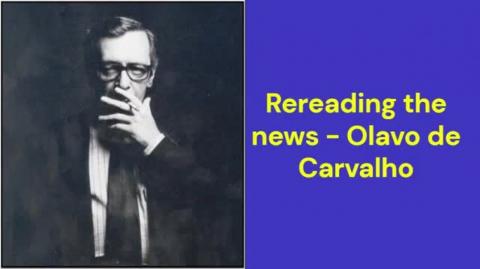
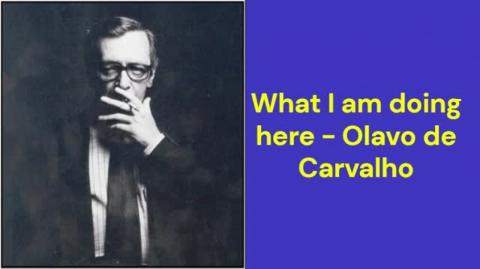
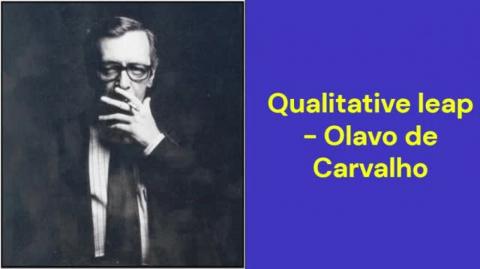

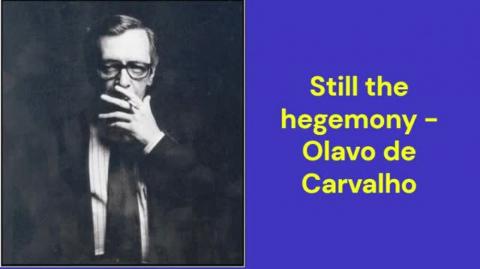
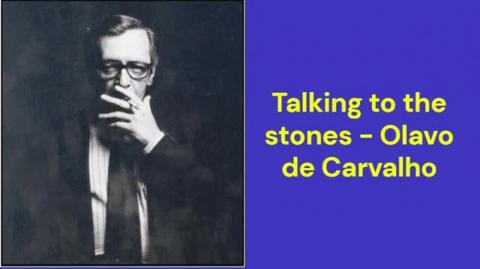
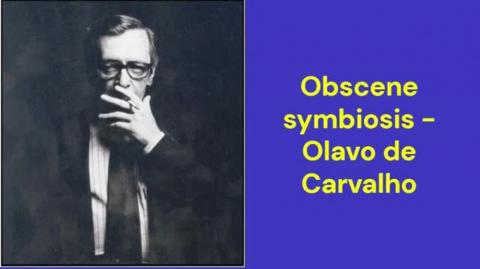
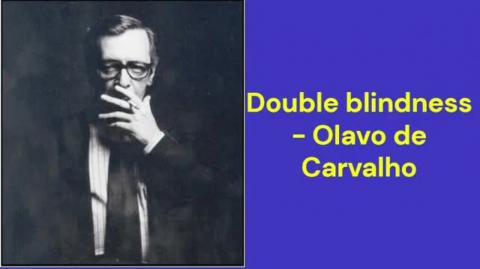
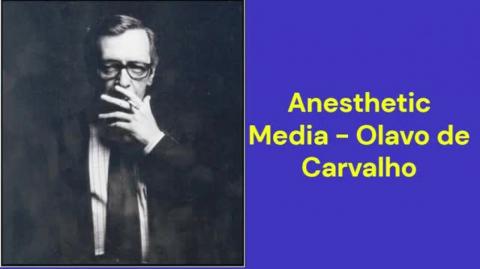
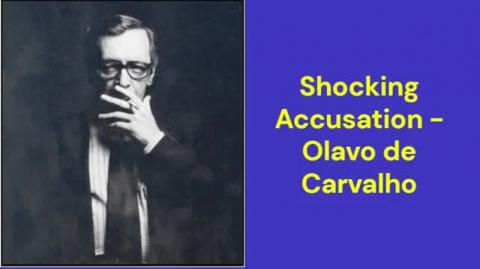
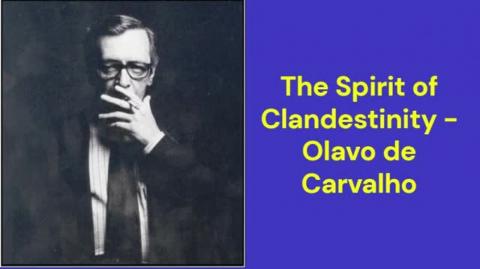
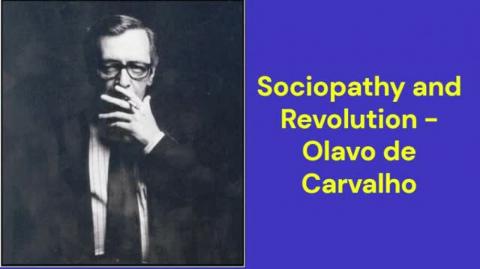
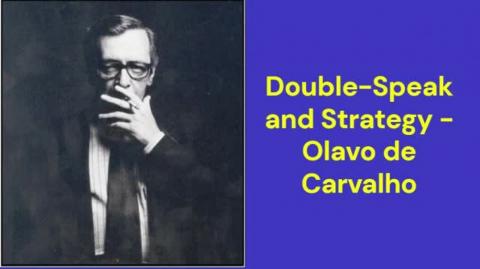

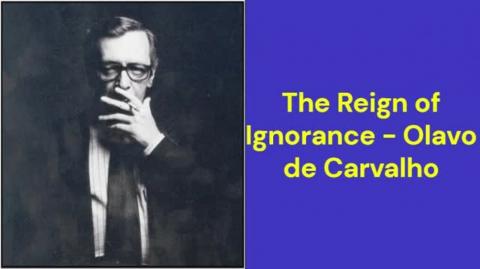
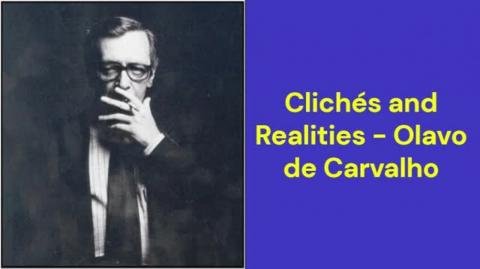
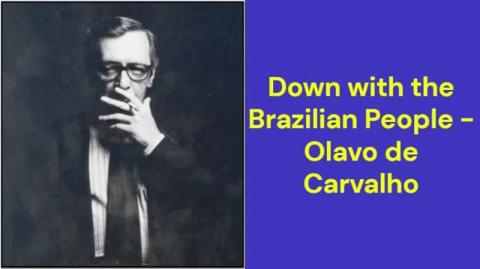
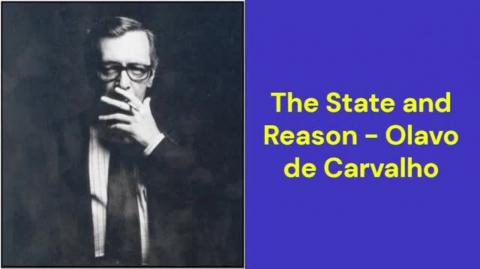


Log in to comment